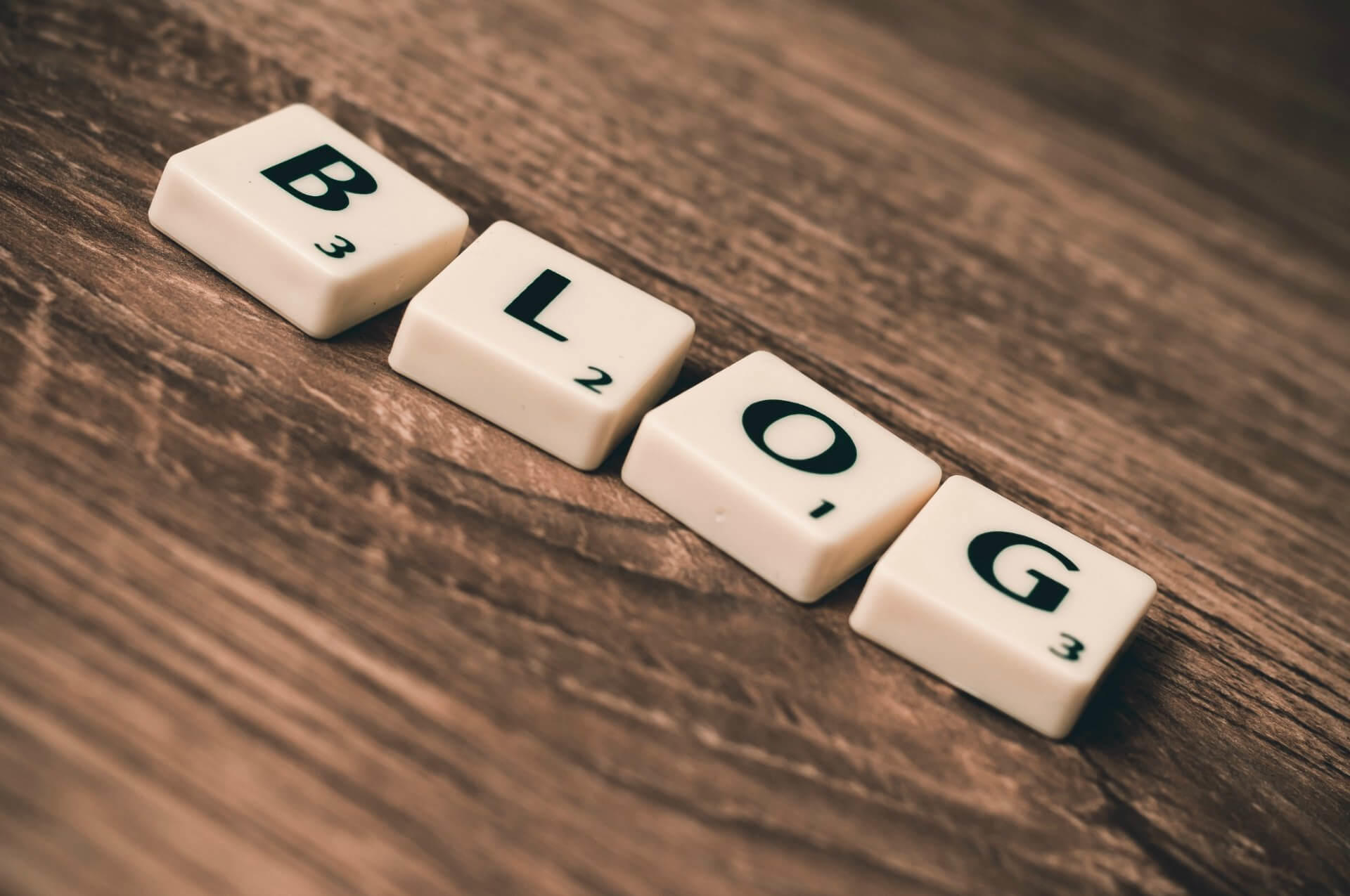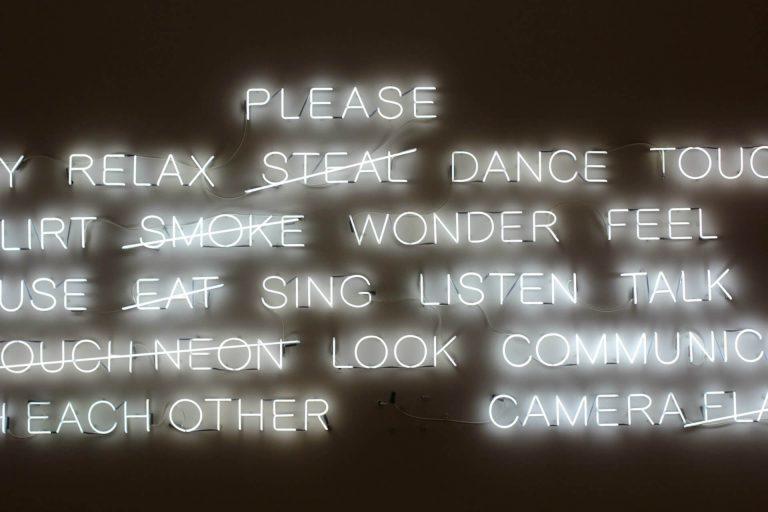Are you making this disastrous mistake with your content? A mistake that drastically reduces engagement, click-through rates, social shares, conversions and ultimately the success of your content creation?
It is a mistake that can prevent your target audience from even giving your blog post or video more than a passing glance.
Surely you must be wondering by now what this critical mistake might be – well, in truth, it is quite simple: we draw your attention to the ever-important headline. It was Bill Gates who said content is king, but if content is king, the headline is queen – in other words, equally important.
Consider the following statistic. According to CopyBlogger, 80% of people will read your headline but only a meager 20% will actually continue to read your article.
That often happens when the headline was treated as a pawn – something thought of as easily discardable – instead of as a queen.
Put another way, studies suggest that your headline is responsible for whether or not viewers click your article, and 25% of those who read it don’t continue to the article, suggesting a severely wasted opportunity. Without drawing the reader into your article, the content counts for nothing.
Indeed, it is something easily overlooked even though a simple 8 to 12-word headline provides the opportunity to create the most impact and is often the difference between your piece being engaged with at all.
If you consider that the sole purpose of content is to have each line read one after the other, if your audience doesn’t get past your headline (and remember, statistically, 25% of those who read the headline won’t make it any further) – you may as well have not bothered creating that piece of content at all, no matter the great content itself might be.
There are many reasons for this, which we will go into below, but a lot of it has to do with the unique psychology of the human mind, such as our increasingly limited attention spans, our need to consume content that allows us to assert order over our lives and our fear of missing out.
People will not think twice about reading a blog post, watching a YouTube video or even opening an e-mail if their needs are not met via a headline. Can we blame ourselves?
Think about how many times you’ve sent Aunt Sally’s e-mail straight to the junk folder because she went with the dull, run-of-the-mill, mind-numbing “Hi” in her subject line. In short, it is a futile end for businesses to invest in content only to have it passed by entirely.
On the flip side, an effective headline can generate engagement, traffic, conversions and, ultimately, grow your business.
But how does one create a headline that gets noticed, you ask? First of all, there is a strategy involved in creating an effective headline and in some ways, it is a skill governed by particular headline writing rules.
However, you can easily master good headline writing with these hacks, some great headline examples and a few headline writing exercises.
For a little extra safety, you can even use a catchy headline generator.
By the time you reach the end of this article, you will have the knowledge and tools to be able to consistently write attention-grabbing headlines, especially with the help of all of our eye catching headline examples.
How To Create Effective Headlines

The anatomy of an effective headline is relatively simple: it needs to capture attention, it needs to provide some sort of benefit to the audience and it needs to be simple.
When creating an effective headline, there is certainly a necessary pickiness required. A single word change can drastically influence click-through rates. Small, simple changes can deliver much stronger conversion rates.
Broadly speaking, capturing attention is the essence of creating an effective headline.
There are many ways to capture attention, but people who know the headlines well typically use the “four U’s” – be useful, unique, ultra-specific and have urgency.
While you won’t be able to implement all four of them in a single headline, aiming for a minimum of one or two will radically improve the effectiveness of your piece of content
1. Be Useful
We are drawn to articles that offer some kind of benefit to us because they tap into our desire to improve our lives and to assert order over our world.
If you take anything away from this article at all, it is this: make your headline useful.
An effective headline is one that captures attention and the best way to do this is by offering something beneficial to your audience – make them feel like your article has information that they need.
This could be in the form of tips, tricks, lessons, secrets, and so on. Not only will a useful headline get people to click, but it also leads to positive click-through rates, propelling your audience to continue consuming the rest of the content.
Great headline examples such as one to follow shortly, via SocialMediaExaminer.com, create effective headlines better than many others, simply because they know how to use the usefulness factor to their advantage. Their articles commonly generate at least 2000 shares.
Their headlines are also simple, which is another important component that we will get to later on.
An example of a useful headline would be “6 Ways to Use Live Streaming Video for Business.”
This title is simple, specific, and implies a high level of usefulness to the target audience.
There are a couple of keys to creating a useful headline, however. The benefit you speak of in shouldn’t be vague – it should be as specific as possible. By this, we mean specific to your target audience. Ask yourself, what does your target audience need?
Many businesses make the mistake of trying to be witty with their headlines at the expense of being useful. Don’t make this mistake. Save the wit for your content.
2. Be Unique
Your headline will not command attention if it’s like all the others. However, aside from standing out, there is also another benefit to creating content with unique headlines. It shows readers that your business is not like the rest and in blazing your own trail, you establish credibility.
Unique headlines also drum up a lot of shares on social media.
In creating a unique headline, be sure to show personality. Take some risks. This is where you can throw away any notion of headline writing rules – at least for a moment.
Of course, you can always get the final approval (or disapproval) of a catchy headline generator, but we will discuss that later in this article.
An example of a unique tagline is Copy Hacker’s “Where startups learn to convert life mofos.” It is bold, but it sets itself apart from the rest.
To determine how unique your headline is, simply type it into Google, ensuring that you enclose it with double quotation marks.
3. Ultra-Specific
Create specific headlines by writing specifically for your target audience. This specificity establishes you as an authority on any given subject matter, which builds credibility and trust by extension.
Trust and relationship building is one of the most important things a business can foster in order to achieve growth.
Providing valuable, specific content is certainly one way to build relationships. However, Yocale’s automated marketing features provide an additional level of contact with customers.
An example of an ultra-specific headline is Hubspot’s The Top B2B Content Marketing Trends To Watch This Year [Infographic].
It is a headline specifically tailored to B2B businesses. Going back to our point about usefulness, consider what benefit you can offer the B2B businesses (or whatever your target audience is) and put it specifically in your headline.
You want to provide enough information so that they are not left wondering what your actual blog post or video is about because they move onto another article with a headline that is more likely to lead them to what they are looking for.
Not only is it important to be specific regarding your target audience, but headlines that contain specific numeric claims in them also perform well. An example of this is Quick Sprout’s “Learn How TechCrunch Increased Their Traffic By 30% in 60 Days.”
Specific claims create credibility that many businesses miss out on with their vague promises.
4. Urgency
The last component of creating an attention-grabbing headline according to the four U’s principle is creating a sense of urgency. This means getting your audience to click, to read, to watch and to consume at this very moment.
You always want to avoid your audience bookmarking your content for later because it may soon be forgotten. If you take a look at your own bookmarks, you probably know this to be true.
An example of a headline with urgency that converted well is KISSmetrics blog post, “Are You Losing Sales by Giving Customers Too Many Choices?”
The headline plays into the audience’s fear of losing sales and has a good chance of compelling the viewer to click through to avoid that possibility. Similarly, if you can offer something they won’t want to miss out on (words like “free”), you will be creating the same type of urgent effect.
It is important to note that the urgency factor cannot always be implemented in a headline, but it has proven itself to be a very effective tactic when used.
5. Simple, Clear and Concise
If there is one element that always comes up in a discussion of effective headlines, it is that they are simple, clear (not vague) and they get to the point immediately. This applies to every single headline you write.
It is imperative that your headline is as easy to understand as possible – don’t use difficult words. There’s a strong chance the viewer moved on before even finishing that title.
Make Emotional Appeals


Another recurring theme when it comes to creating an effective headline is making emotional appeals, similar to the way that classic advertising does. You could do this a few different ways.
An important way to get your audience to click on your articles is to use something called “power words” – words that elicit a strong emotional response. Examples include “bravery,” and “happy,” but there are so many more examples.
Don’t be afraid of using more than one power word – some bloggers have successfully used as many as four in one single headline alone.
When it comes to power words, be careful about not using these to manipulate or lead your audience on in any way. Don’t forget your 4 U’s – you still need to be ultra-specific and useful.
That brings us to a discussion of YouTube’s infamous “clickbait” titles, which although they may generate clicks in the short-term, can create a negative relationship with the audience and ultimately make you lose credibility. You don’t want to sacrifice your future for a temporary boost.
Another way of making an emotional appeal is to appeal to the viewer’s vanity or other aspects of themselves.
You could also incorporate the word “you” into your headline to speak directly to them. This strategy is called the “flagging technique” and it was originally introduced by Dan Kennedy. It is a powerful way of creating high engagement and a lot of shares on social media.
Also, be sure to use interesting adjectives – these typically aren’t considered power words, but they are magnetic and can draw attention. The words fun, free, and strange are all considered interesting adjectives.
Always search for that emotional response from your audience, find it, and then reel them in.
More Tips For Effective Headlines
1. Use Numbers
The reason for incorporating numbers into your headline is that, according to Debra Jason, they are the equivalent of “brain candy.” Our brains are actually wired to prefer numbers over words. The scientific data proves it.
Headlines with numbers lead to 73% more shares on social media and more engagement.
Of course, not all numbers are created equal. Small numbers are more easily processed, while odd numbers are seen as more genuine.
A website like Buzzfeed, which generates billions of readers on its headlines alone and is one of the major websites behind much of the Internet’s viral content, puts this principle into practice all the time. For example, “13 Things You Didn’t Know About…”
As mentioned above, odd numbers also seem to hold a certain magic when it comes to performance, particularly the number seven.
Merely changing an even number to the number 7 will lead to a 20% increase in click-through rate. Remember, of course, to use the number 7 as opposed to the written out spelling of the word.
Now, that isn’t to say that headlines with even numbers don’t do as well at times because that simply isn’t the case. In fact, there are many instances of articles that did better than headlines with odd numbers, especially if the article was promoted well on social media.
2. Use Colons and Hyphens
A study by Content Marketing Institute found that if you include a hyphen or colon in your headline, you will increase the click-through rate by 9%.
What does that look like? Here is an example: “The Art of Scannable Content: How to Write For Today’s Online Readers,” which happens to be an excellent accompaniment to this post.
Extra Resources
Good headline writing is a skill that requires time in order to master. If you are feeling hesitant about putting all of the above tips into practice, here are a few additional resources that can help you become familiar with the nuances of an effective headline.
1. Use A Headline Formula
There are many headline formulas that you can use as a template, all of which have been proven to be effective, whether at conversions, social shares, etc.
You are likely even familiar with many of them already. From the “How-To Formula” to the “Get Rid Of [Insert Problem] Once and For All” to the “Little Known Ways” formula, there are many headline formulas out there to choose from.
The “Get Rid of a Problem Once and For All” formula is also compelling and is effective at holding our attention from the beginning to the end due to its promise of a permanent solution. Such headlined articles also tend to go viral.
The “Little Known Ways” formula is emotionally-based and shines when it comes to social shares as well.
2. Use A Free, Online Headline Generator
ShareThrough is an easy tool to use to determine how engaging your article is by giving you a score and an accompanying meaning behind the score based on the site’s advertising research.
For example, is your headline above average? It will also tell you the positive aspects of your headline and offer suggestions to improve it.
Good content creators generate many possible headlines. Headline writing exercises, whereby you create your own list of possible headlines and then test their effectiveness with a catchy headline generator like the one mentioned here will allow you to build on this skill in order to master good headline writing.
This title generator won’t analyze your headline like ShareThrough.com, but it will generate a list of titles. Simply type in your keyword (for example, “content marketing”), select the appropriate term to describe your keyword and it will generate a list of titles for you to use.
For example, this tool generated “7 Facts That Nobody Told You About Content Marketing” as well as several others.
The list of generators is endless. Here is also a list of some great headline examples to look at for inspiration, which will give you some more insight into headline writing rules.
Avoid These Mistakes
- Don’t make your headlines longer than 62 characters, otherwise, search engines will simply ignore the rest.
- Headlines are not effective when they don’t align with the actual content itself. YouTube’s clickbait titles come to mind yet again.
Now that you are intimately acquainted with the nuances of an effective headline, remember that quality content is still just as important.
After all, it is your content that is a touchpoint between your business and your customers. As such, it makes a powerful statement about your brand and what kind of value you can offer.
It’s important to draw your audience in with a catchy headline, but be sure to create content with plenty of substance to make them stick around.
Blogs are still one of the primary forms of content marketing, so here is your go-to guide on how to write a blog that gets noticed.




